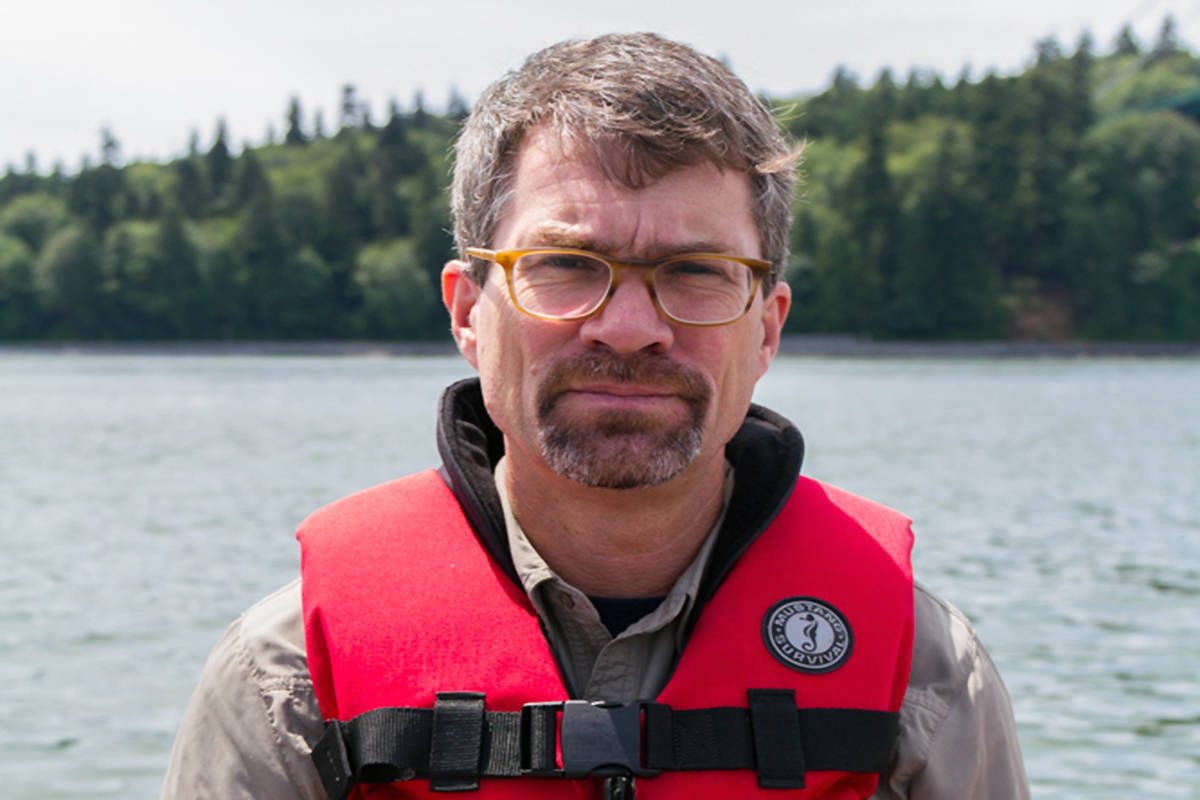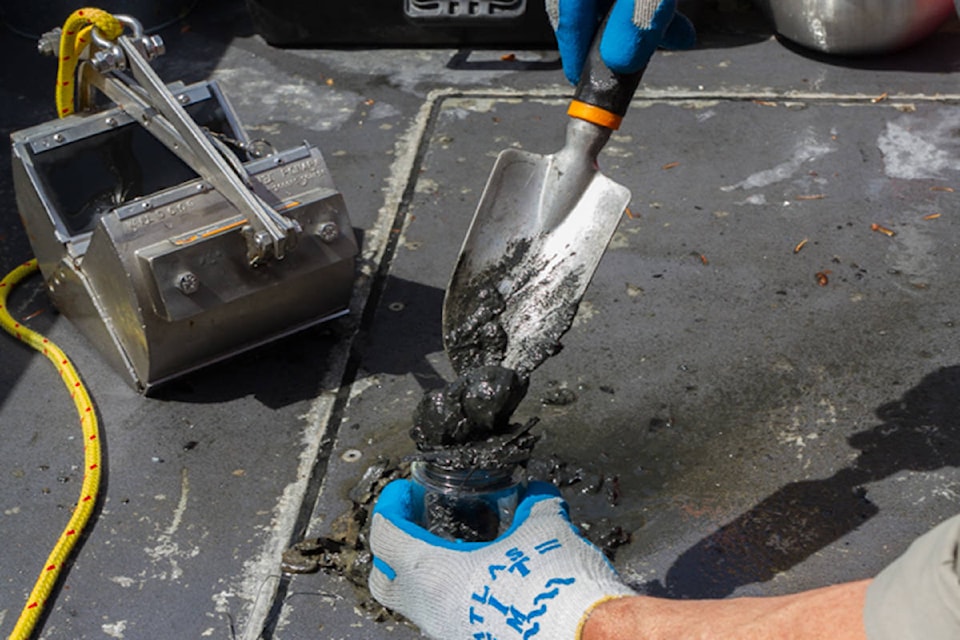Ocean Wise, a global conservation group based out of the Vancouver Aquarium, says Victoria’s Inner Harbour is the most polluted body of water on B.C.’s coastline.
As part of its Pollution Tracker program between 2015 and 2017, Ocean Wise researchers worked with First Nations, community groups, port authorities and government agencies to collect samples of mussels and near-shore ocean sediments from 55 locations and analyzed them at partnering laboratories.
While high levels of pollutants were found in virtually all B.C. ports and harbours, Victoria fared particularly poorly. The four collection sites in the harbour all ranked among the top five most polluted of the 55 areas tested, coast-wide.
”I’m not surprised that there is contamination in the Inner Harbour, given some of the industrial uses on the land surrounding the area in the pas. But I was surprised to see just how contaminated it was,” said Victoria Coun. Jeremy Loveday.
“We’ve had an amazing effort to clean up the Gorge Waterway, and seeing those results, I’d love to see a similar effort in the Inner Harbour, recognizing that it would take the participation of all levels of government to make that happen.”
According to Peter Ross, lead researcher on the Pollution Tracker project, Victoria harbour is a vulnerable “receiving environment” as a shallow body of water with low circulation and sedimentation. This partly explains the high levels of such harmful pollutants as alkylphenols, dioxins, PCBs, PBDEs, pharmaceuticals and hydrocarbons.
“Pollution threatens the health of ocean life and of all of us,” Ross said. “Over time, regular Pollution Tracker monitoring will help track progress and inform source control, best practices, remediation and regulations.”
As an example of successful management responses, he pointed to past studies of harbour seals that revealed that PCB levels have dropped by 80 per cent over the last four decades, while emissions of dioxins to coastal B.C. are down 95 per cent since the implementation of pulp mill regulations in 1989.
“With high quality, comparable and accessible contaminant data, we can take action to support a healthy coastal environment.”
Ross added the health of the resident killer whale population is of particular concern to his organization.
“Contamination in the sediment is high enough to have an effect on the food chain, and that can make its way up all the way to the killer whale population as well as to other wildlife.”
While the report is a valuable tool in informing council on the issues surrounding industrial activity on or near the harbour, Loveday said, it is unlikely to impact tourism in Victoria.
Pollution Tracker was funded by Fisheries and Oceans Canada, the Vancouver Fraser Port Authority, Prince Rupert Port Authority, the Capital Regional District, Metro Vancouver and the Tsleil-Waututh Nation. In-kind support was provided by other First Nations and organizations, as well as citizen scientists.

